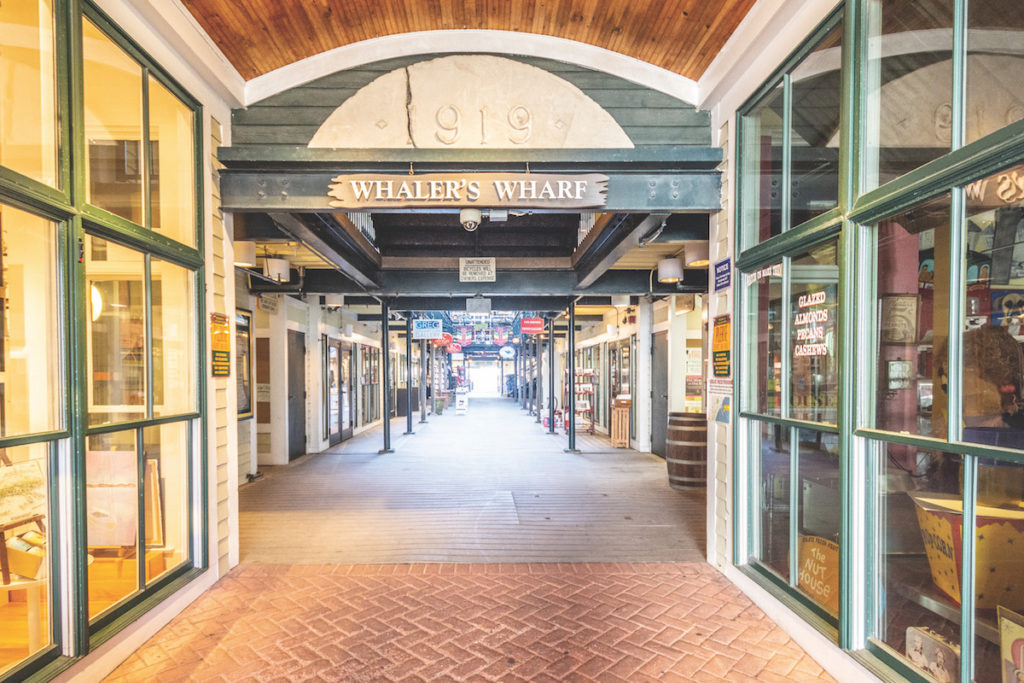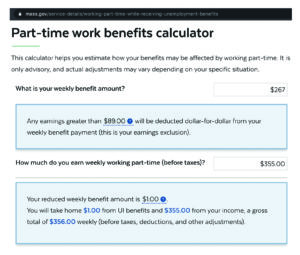
PROVINCETOWN — The Covid-19 Economic Injury Disaster Loan (EIDL) program was so bedraggled in its rollout and early execution, it’s hard to pick which sadsack metaphor to use for it. It was the runt of the litter and a forgotten stepchild and an ugly duckling. Any story with an inauspicious start will basically give the plot.
But newly released data show that the program eventually delivered 465 low-interest emergency loans averaging about $70,000 to businesses on the Outer Cape. Overall, $32.6 million dollars arrived here through the program.
Almost as important is when these loans were delivered — overwhelmingly, in May and June, as businesses were reopening, and before the summer season hit.
That means that, at essentially the last possible moment, the EIDL program did its job. Disaster loans are meant to put a significant amount of cash into businesses that have been radically disrupted, so they can replenish inventory, deal with new expenses, bring back staff, or simply survive a year of reduced sales.
The loans were originally designed to cover six months of operating expenses; they are paid back over 30 years at low interest rates. Lots of cash up front and a long repayment schedule are meant to keep businesses alive through an extended tough time.
Yet throughout this year, hardly anything was known about the main program actually meant to save small business. There was a rival, the Paycheck Protection Program (PPP), and it was flashier. PPP promised “free money!” — forgivable loans — and then its own drama played out in public. The money ran out, some big companies took it, everybody shamed them, Congress put more money in — it was like a soap opera filmed at the Treasury Dept.
Meanwhile, the government would confirm almost nothing about the disaster loans — how many, how much, on what schedule. Businesses that applied in the horrific last weeks of March received no response at all for months. The EIDL program was like Schrödinger’s cat — possibly dead already, but if nobody knows, no one can say, even if it is supposed to be saving the economy.
A Court-Ordered Data Release
Soon after the programs were announced, several large news organizations sued the Small Business Administration for data about both the PPP loans and the EIDLs. In November, they won their case, and on Dec. 1 the government published full lists every loan issued, of both types.
Taken together, there are 3.7 million disaster loans. The data were published in four huge spreadsheets with nearly a million loans on each one. The Independent reviewed them to learn how many loans were written to Outer Cape businesses, how much money came in through these loans, and when they arrived.
A total of $32,628,000 came to the Outer Cape this year through the EIDL program. The average loan was for $70,168. This number could have been larger: the original formula for disaster loans was six months of operating expenses, defined as gross revenue in a normal year minus the cost of physical inputs like food ingredients or inventory. That means payroll, rent, utilities, insurance, taxes, everything except physical inputs, could be covered for six months by a loan to be paid back over 30 years.
The $2.2 trillion CARES Act stimulus signed on March 27 didn’t include enough money to write that many large loans, however. After issuing loans for two weeks, the SBA paused, and then lowered the cap on loan size from $500,000 to $150,000.
That meant most larger businesses, like restaurants and hotels, would receive exactly $150,000, far less than the intended loan size. Smaller businesses with revenue under $500,000 were less likely to hit the cap, and more likely to get a loan proportionate to their needs. Disaster loans were also available to owners of rental properties, and to self-employed people like plumbers, barbers, and massage therapists. These tend to be the smallest loans on the list, mostly $20,000 or less.
There were 261 disaster loans written to Provincetown businesses, worth $20 million in total; 61 Truro businesses received loans totaling $3.5 million; 65 businesses in Wellfleet received $4.3 million in loans; and 78 businesses in Eastham received a total of $4.7 million in loans.
Help Without Fanfare
For a region that makes its money in July, August, and September, these loans may have come just in the nick of time.
The data show only 11 loans in all of April. But three-quarters of the loans that were written to Outer Cape businesses arrived in May and June. There were no announcements or fanfare, but by the time the July 4th weekend arrived, 357 local businesses had received an infusion of CARES cash.
The results were still uneven. Information on how the loan amounts were calculated was scarce, and there was no real instruction on how to tally business costs. A review of the loan spreadsheet shows several local businesses received minuscule loans compared to their size, including galleries, retail outlets, guest houses, and at least one restaurant. Other businesses that should have qualified for loans may have been rejected outright — the data include only successful loans, not total applications.
As for the value of the program to the businesses that participated, there is one potential indicator. Of the 465 local businesses that received disaster loans, it appears that only six have canceled their loans and returned the money.
 Disaster Loans Show Up
Disaster Loans Show Up